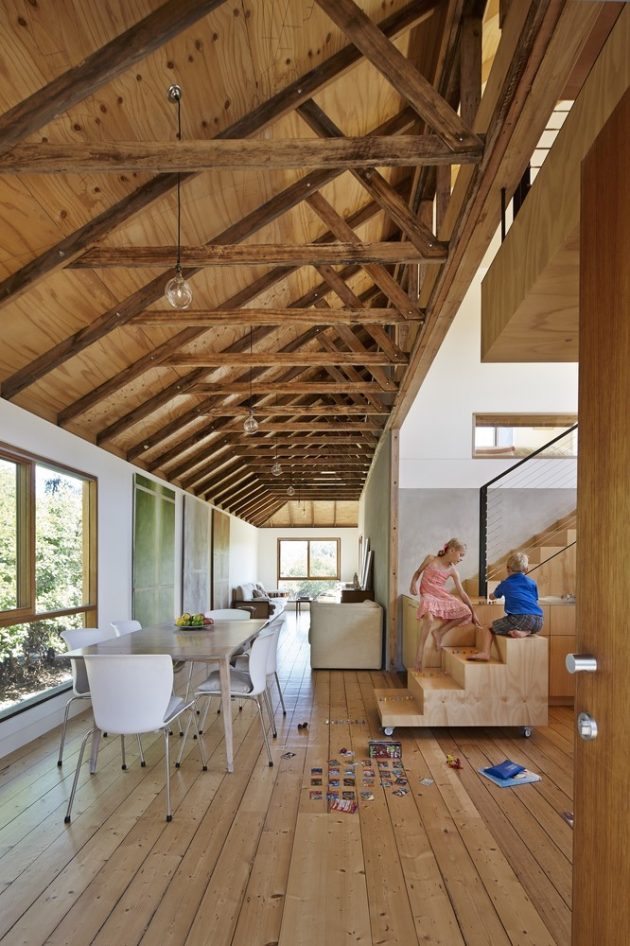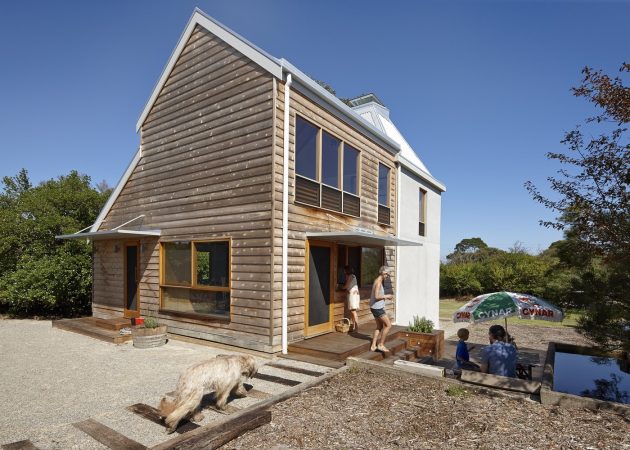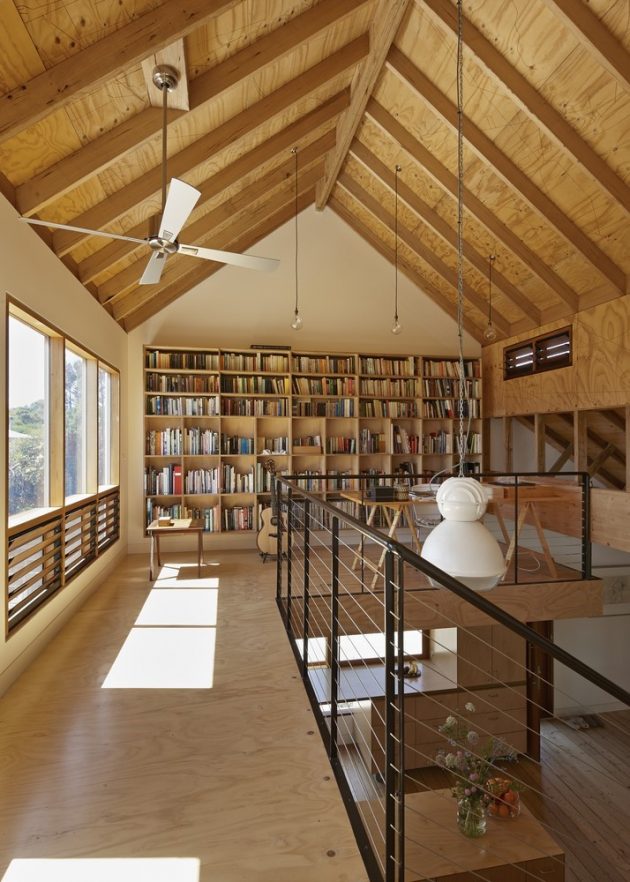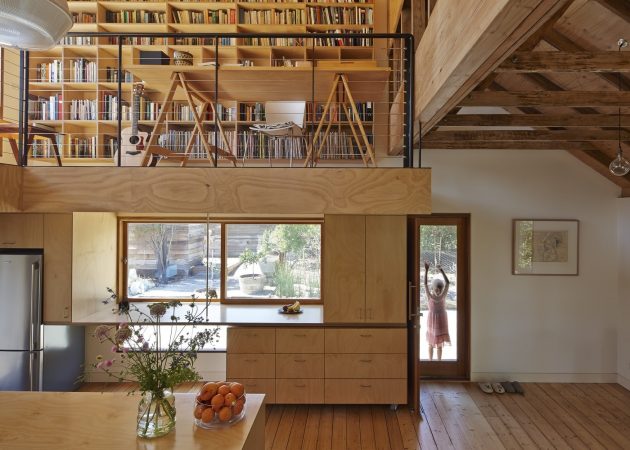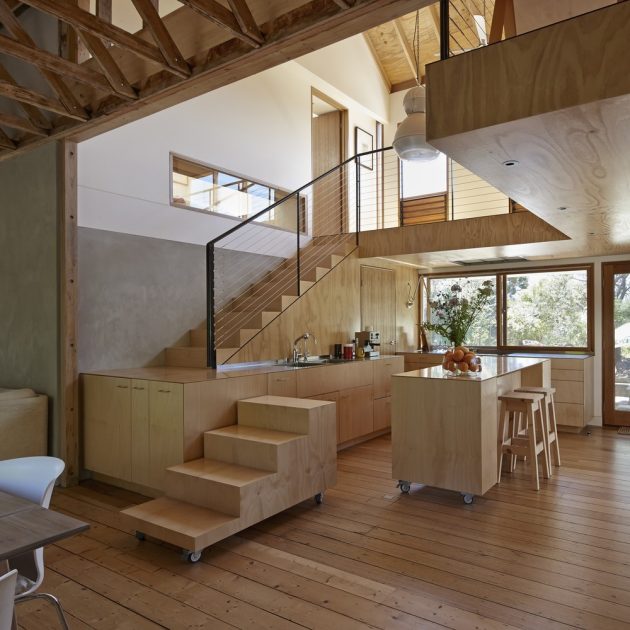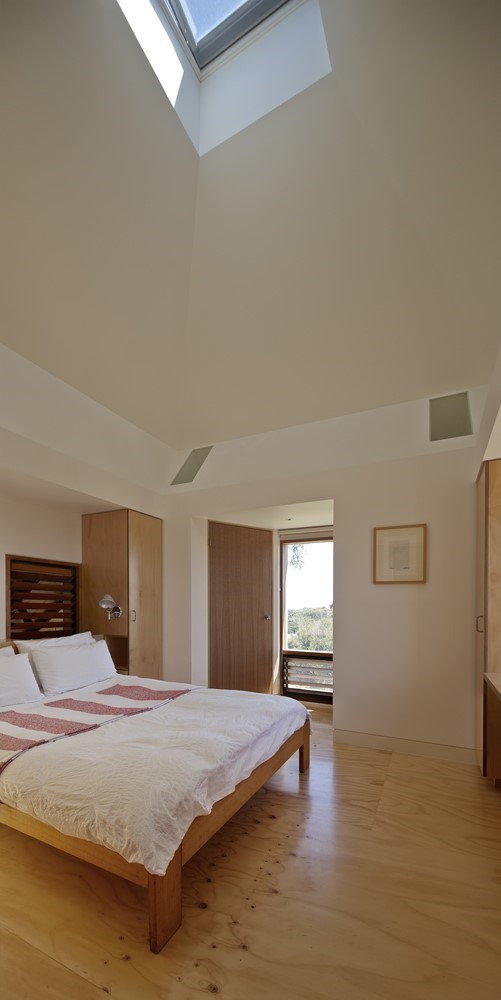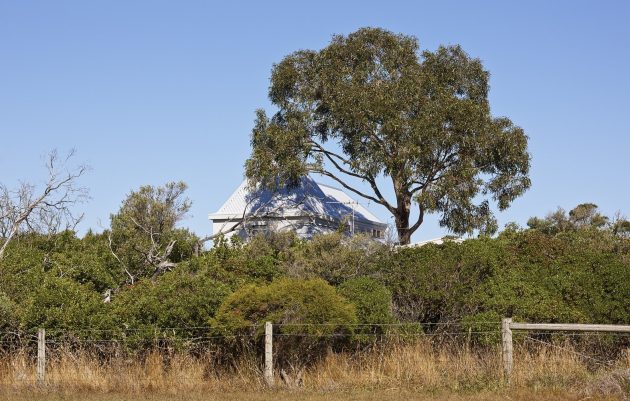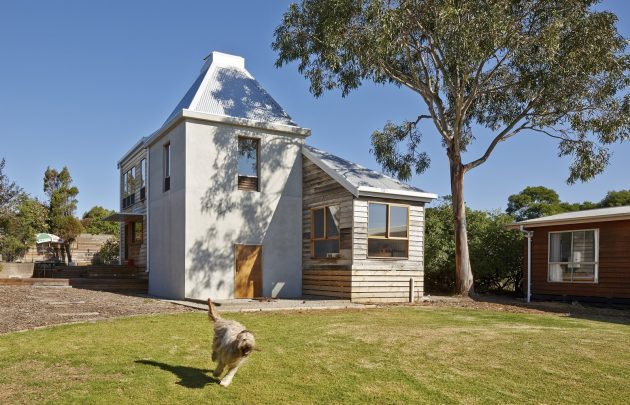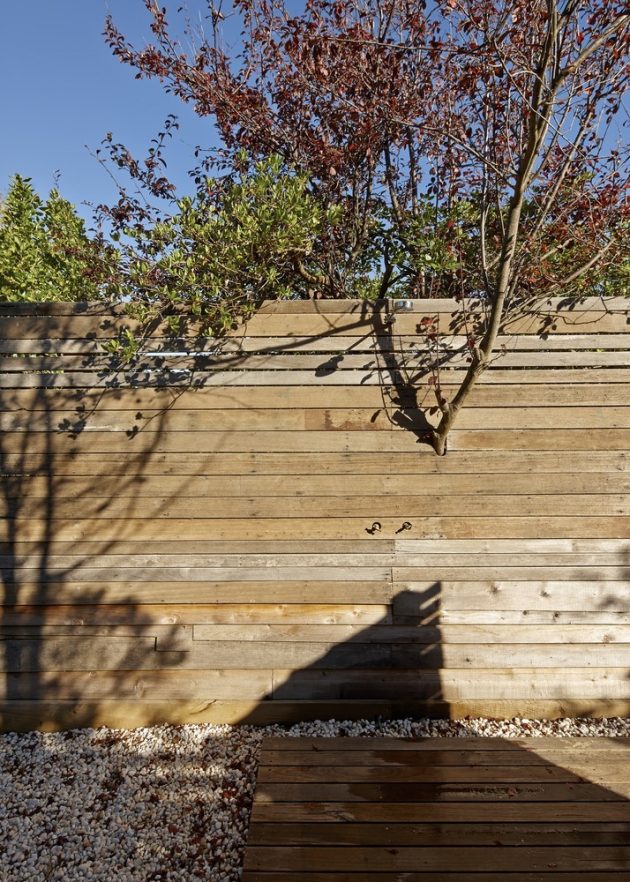Project: House for Hermes
Architects: Andrew Simpson Architects
Location: Australia
Area: 1,065 sf
Photographs by: Peter Bennetts
House for Hermes by Andrew Simpson Architects
Designed by Andrew Simpson Architects, the House for Hermes project is a 1,000 square foot modern dwelling designed for an artist and landscape architect. It is located on the northwest edge of Philip Island in Australia and it is surrounded by untamed nature.
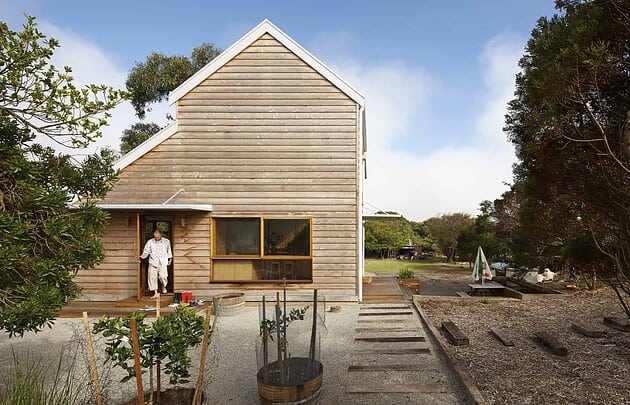
A House for Hermes is the outcome of a collaboration between the architect and a client working as an artist and landscape architect. Sited on the northwest edge of Philip Island, the project involved the conversion of a heritage-listed chicory kiln into a couple’s residence. The design was conceived as part of an ongoing exploration of what might constitute “home” or “place” in a world where prevailing conditions are of speed, dynamism and change. This conceptual framing extended from an earlier art installation undertaken by the client that was exhibited at Tarrawarra Museum of Art in 2007.
The architecture is predicated, not on the rehearsed acts of enclosure or through the predetermined functions that define a house, but on the idea of facilitating and celebrating transformation and movement. Through the use of adaptive and reconfigurable spaces and the manipulation of thresholds and passages, the house is intended to be a place that engages with and is a catalyst for change. A sense of “open-endedness” – of new possibilities of inhabitation – is reinforced by the treatment of an interior landscape defined by contiguous interlocking volumes that encompass the exterior decking and surrounding context. This desire for serendipity is partly a response to Georges Perec’s question: “We should learn to live more on staircases. But how?”
Divided into two primary volumes, the nucleus of the house is a reconfigurable kitchen in which the joinery works as the connective threshold between ground and first floor. This area is designed to accommodate a range of activities from group cooking classes to an intimate meal.
The kiln is one of three buildings set within a large coastal property adjacent to protected wetlands. The Coldon home (a guest house and artist studio) and Setters Cottage (sewing studio) provide complementary amenities to the main house and along with an outdoor bathroom precipitate an engagement and traversal of the surrounding gardens and landscape.
The original heritage building is one of the few example of early 20th century chickory kilns on the Island constructed from concrete. Substantial rebuilding and restoration work to the concrete was required due to significant structural cracking and spalling, which was undertaken through the use of insitu reinforced shotcrete. The decking on the north side of the kiln is integrated with a large concrete retaining wall and water trough that was originally built as part of the industrial function of the building and has now been tanked and refilled with water to provide a means of passive cooling.
The project was delivered on a tight budget. Including the external deck areas the final building cost came in under $3000/m².
